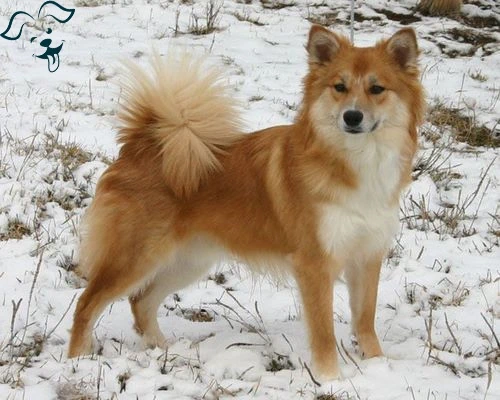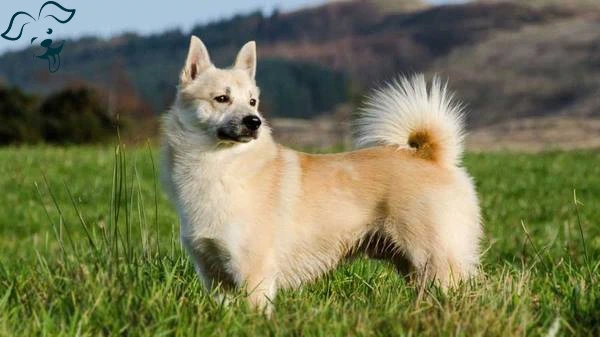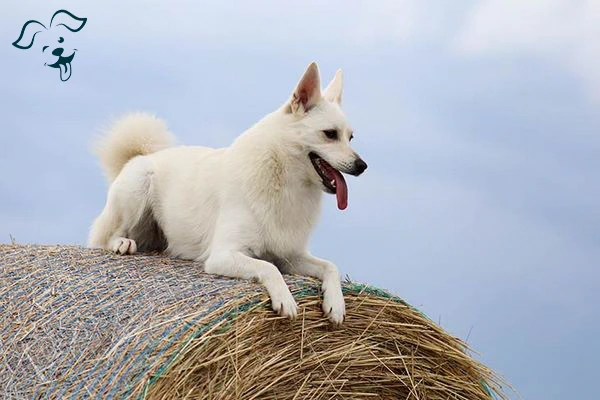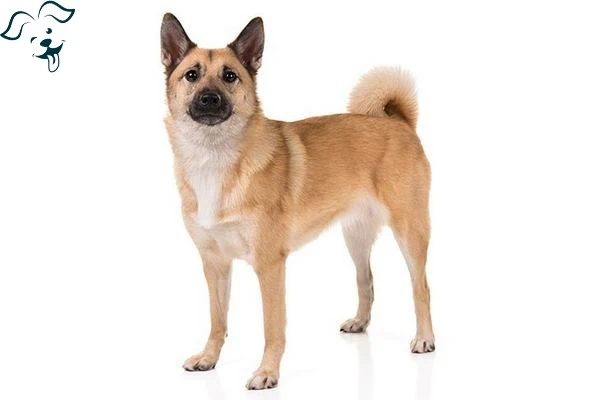CARING WITH FAMILY
|
| The Norrbottenspets is known to be a breed that forms strong bonds with its family members and can be quite affectionate towards them. They tend to be loyal and devoted to their owners often acting as a close companion. This breed enjoys spending time with their family and is likely to show affection and be loving towards them. |
LOVE WITH CHILDREN
Unwise
Good With Children
|
| The Norrbottenspets is typically known to have a good tolerance and patience towards children. They are generally considered to be a family-friendly breed and can form strong bonds with children when raised together. However, it is important to note that every dog is an individual and their behavior may vary. |
BEHAVIOR WITH DOGS
Unwise
Good With Other Dogs
|
| While the Norrbottenspets may have a tendency to get along well with other dogs, it's crucial to always supervise their interactions particularly when introducing them to unfamiliar dogs. This ensures that the dynamics between the dogs remain positive and prevents any potential conflicts or misunderstandings. |
SHEDDING LEVELS & MANAGEMENT
No Shedding
Hair Everywhere
|
| Consider the amount of fur and hair the breed is likely to leave behind. Breeds that shed heavily will need more frequent brushing have an increased risk of triggering particular allergies and generally require more consistent vacuuming and lint-rolling. |
COAT GROOMING STANDARDS
|
| When assessing the grooming needs of a particular breed, it is essential to determine the frequency of activities such as bathing, brushing, trimming, and other coat maintenance tasks. It is crucial to consider the amount of time patience and budget you have available for this type of care. Remember that all breeds necessitate regular nail trimming. |
DROOLING INTENSITY
Less Likely to Drool
Always Have a Towel
|
| Consider the drooling tendencies of a breed before making a decision. If you are someone who values cleanliness and dislikes dogs that leave ropes of slobber on your arm or create big wet spots on your clothes it may be wise to avoid breeds known for their propensity to drool excessively. |
COAT STYLES GUIDE |
| Double |
| COAT SPECTRUM |
| Medium |
FRIENDLINESS
Reserved
Everyone Is My Best Friend
|
| Take into account the level of friendliness a breed typically exhibits towards strangers. Certain breeds may display reserved or cautious behavior around unfamiliar individuals regardless of the setting. On the other hand, some breeds will eagerly welcome and interact with new humans whenever the opportunity arises! |
LIVELINESS
Only When You Want To Play
Non-Stop
|
| Evaluate the breed's enthusiasm for play, even beyond their puppyhood stage. Certain breeds will maintain a strong desire to engage in activities like tug-of-war or fetch well into their adult years. Conversely, other breeds may prefer to spend most of their time relaxing on the couch with you being content with more low-key activities. |
VIGILANCE INTENSITY
What's Mine Is Yours
Vigilant
|
| Consider the breed's inclination to alert you of the presence of strangers. Some breeds are more prone to reacting to any potential threat, whether it's the mailman or a squirrel outside the window. These breeds are likely to become more receptive to strangers who enter the house and are accepted by their family. |
ADAPTATION CAPACITY
Lives For Routine
Highly Adaptable
|
| Consider a breed's adaptability to change, encompassing various aspects such as alterations to living conditions, noise levels, weather conditions, daily schedule and other variations in day-to-day life. Some breeds are naturally more flexible and can handle such changes with ease while others may require a more stable and consistent environment to thrive. |
OBEDIENCE LEVEL
Self-Willed
Eager to Please
|
| Take into account the ease of training and the willingness of a breed to learn new things. Certain breeds have a strong desire to please their owners and are generally more trainable. They are motivated by making their owners proud. Conversely, other breeds may have a more independent nature and prefer to do things on their own terms potentially making training more challenging. |
STAMINA LEVEL
|
| Consider the exercise and mental stimulation requirements of a breed. High-energy breeds are always ready for the next adventure and eagerly engage in activities such as running, jumping and playing throughout the day. They thrive on physical exercise and mental stimulation. In contrast, low-energy breeds exhibit a more laid-back nature and are content to lounge around and snooze resembling couch potatoes in their preference for relaxation. |
VOCALIZATION
|
| Likes To Be Vocal |
LEARNING CURIOSITY LEVEL
Happy to Lounge
Needs a Job or Activity
|
| Consider the amount of mental stimulation required by a breed to maintain their happiness and overall well-being. Purpose-bred dogs, with jobs involving decision-making, problem-solving, concentration and other cognitive activities, have a particular need for mental exercise. Without proper mental stimulation, they may take it upon themselves to create their own projects to keep their minds occupied. Unfortunately, these self-created projects may not align with your preferences or be the kind of activities you would prefer for them to engage in. |
| COLORS |
|
Description
|
Registration Code
|
|
Wheaten
|
224
|
|
Black
|
007
|
|
| PATTERNS |
|
Description
|
Registration Code
|
|
Black Mask
|
004
|
|
White Markings
|
014
|
|






























FRIENDLINESS
LIVELINESS
VIGILANCE INTENSITY
ADAPTATION CAPACITY